Middle Phalanx Fracture Treatment
Middle phalanx fracture treatment. Injuries can occur at the proximal middle or distal phalanx. 1 Holding your middle and big knuckle straight with your other hand bend the top joint as far down as is comfortable until you feel a gentle stretch. Phalanx fractures are common hand injuries that involve the proximal middle or distal phalanx.
Metaphyseal or Salter II fractures resemble those in the proximal phalanx Figure 29-13 and can be treated closed in most cases. The deforming forces that act on the middle phalanx fractures are the FDS and the intrinsic tendons. If your middle phalanx fracture is undisplaced ie if the fragments are still in their normal position it is unlikely that you will need surgery.
2 Holding your big knuckle straight bend the middle joint over as far as comfortable until you feel a gentle stretch. Remodeling occurs in the flexion-extension plane but radial or ulnar deviation and rotation must be corrected. For the vast majority of phalanx fractures an acceptable reduction is manageable with non-operative treatment.
Severe rotational deformity mild to moderate rotational deformity are suitable to be seen in an outpatient setting. In such cases operative treatment is indicated. It should not be longer to avoid the interphalangeal joints to become stiff and because the majority of fractures are stable.
For fractures of the middle phalanx if conservative treatment is not sufficient then percutaneous pinning or open reduction using K-wires is used. Treatment principles for proximal and middle phalangeal fractures. Phalangeal fractures of the hand are a common injury that presents to the emergency department and clinic.
Bilisation usually obtain full function. Undisplaced metaphyseal and articular fractures may also be treated nonoperatively. Most phalangeal fractures are treated with a splint but unstable fractures may require surgical treatment to prevent complications such as stiffness and malunion.
Middle phalangeal fractures proximal to the FDS insertion have an apex dorsal angulation whereas fractures distal to the FDS insertion have an apex volar angulation as shown in the figure. Undisplaced or minimally displaced fractures of the diaphysis of the middle phalanx can be treated non-operatively.
Some middle phalanx fractures require surgery and some dont.
Articular fractures of the digits. Nondisplaced phalanx fractures are managed with splint immobilization. Operative treatment of intra-articular fractures of the dorsal aspect of the distal phalanx of digits. Injuries can occur at the proximal middle or distal phalanx. Treatment involves immobilization or surgical fixation depending on location severity and alignment of injury. Diagnosis can be confirmed with orthogonal radiographs of the involve digit. Middle phalanx base fractures come in several varieties. 1 Holding your middle and big knuckle straight with your other hand bend the top joint as far down as is comfortable until you feel a gentle stretch. A proximal-third fracture usually angulates.
Remodeling occurs in the flexion-extension plane but radial or ulnar deviation and rotation must be corrected. Variably lose some function and are divided into two groups those. However if it takes more than 30 degrees of flexion to reduce the fragment operative treatment is indicated. The management of phalangeal fractures is based on the initial severity of the injury and depends on the success of closed reduction techniques. A Pilon Fracture at the base of the middle phalanx is another common break that involves the joint its usually accompanied by cartilage injury and frequently needs surgery to restore the joint surface. For the vast majority of phalanx fractures an acceptable reduction is manageable with non-operative treatment. Your fracture will be treated with splinting taping or casting or a combination of all three.










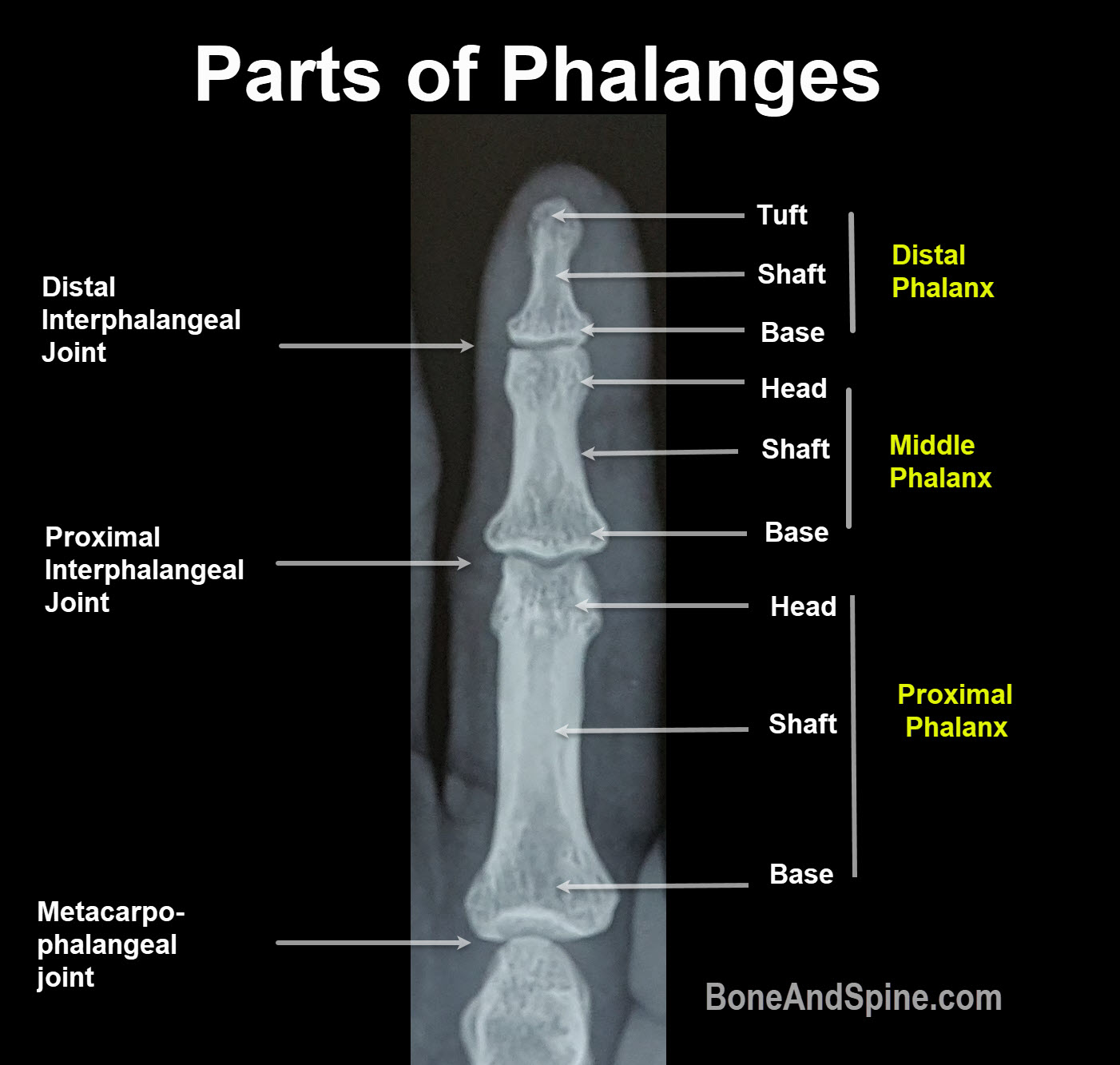


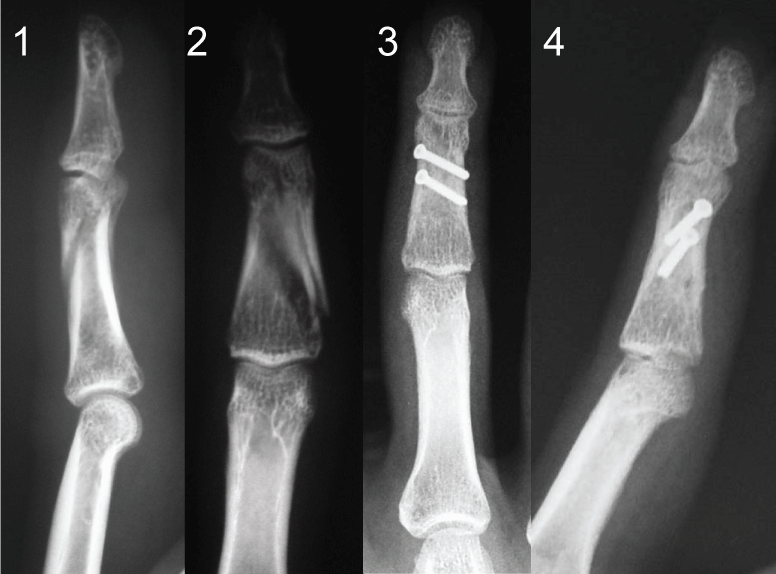
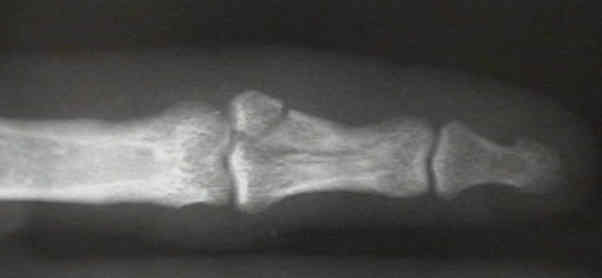




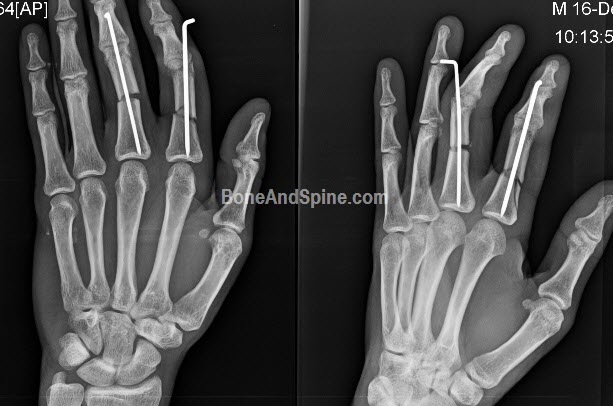



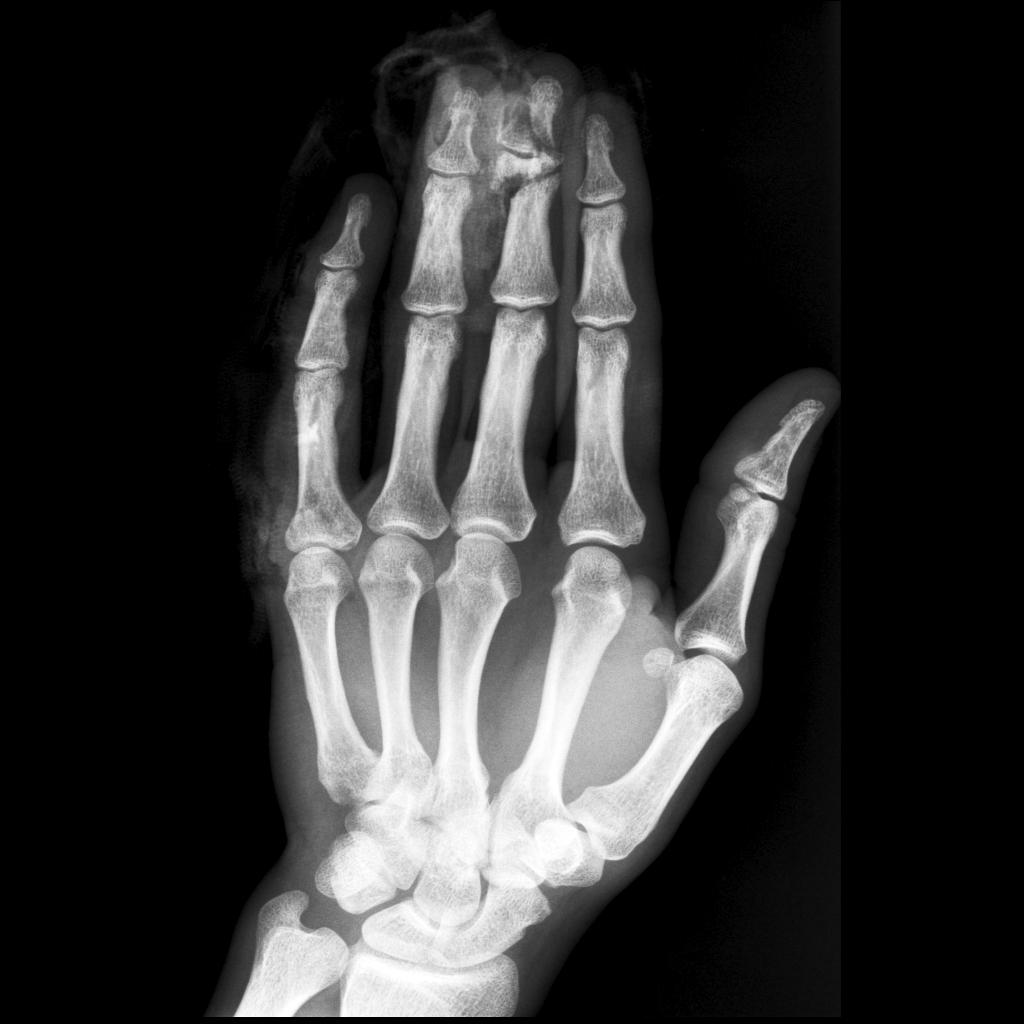







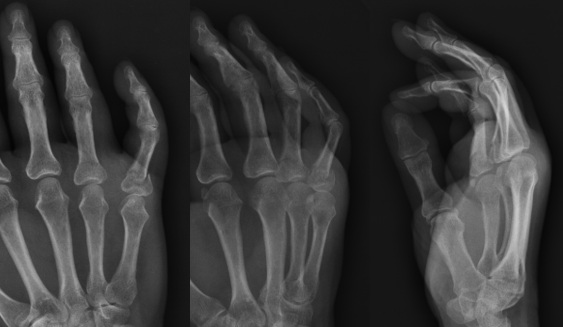


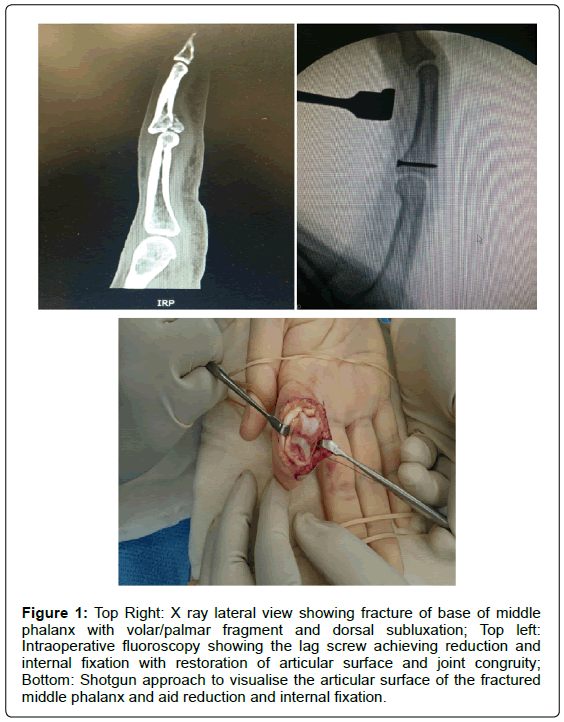
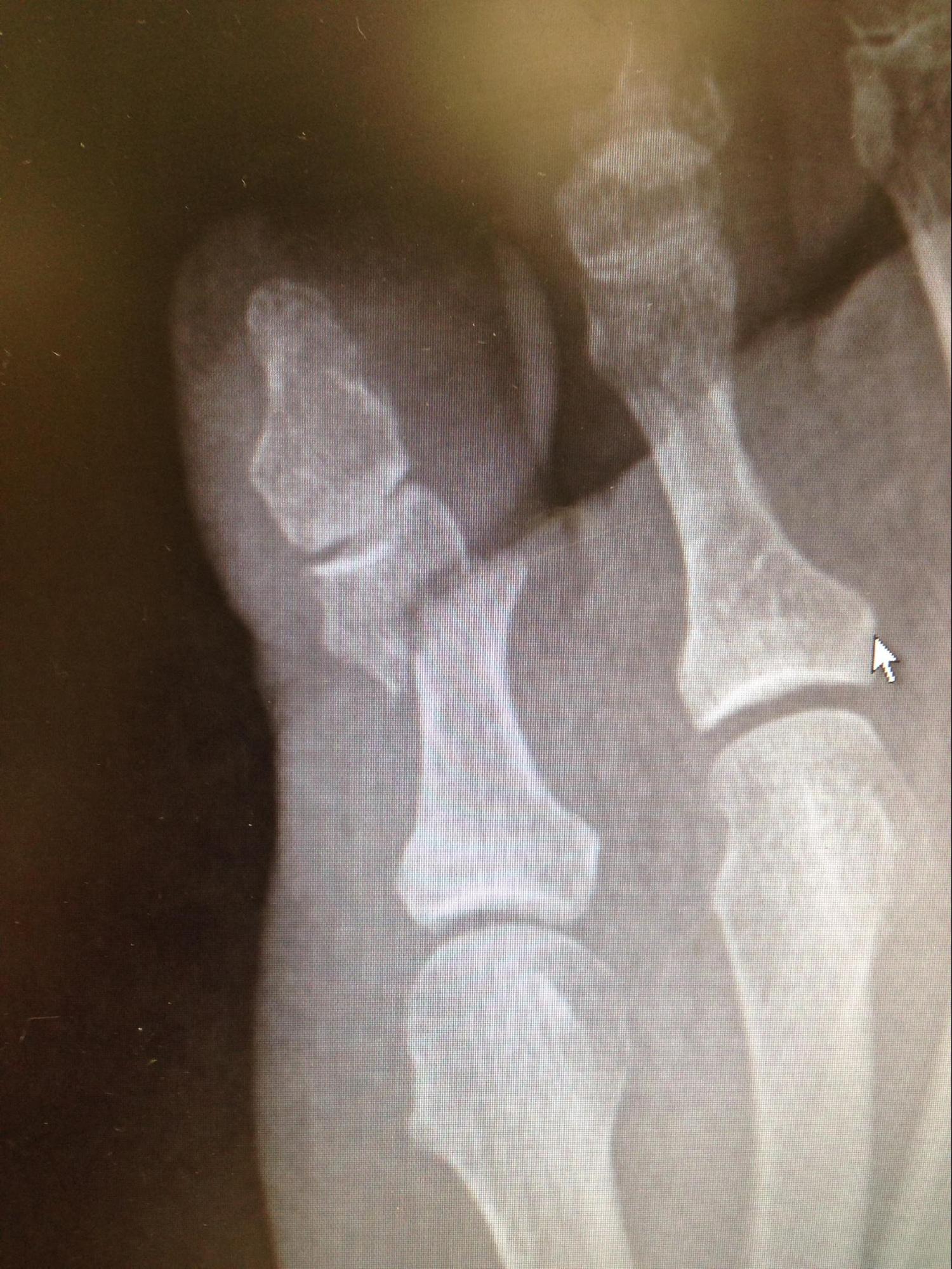



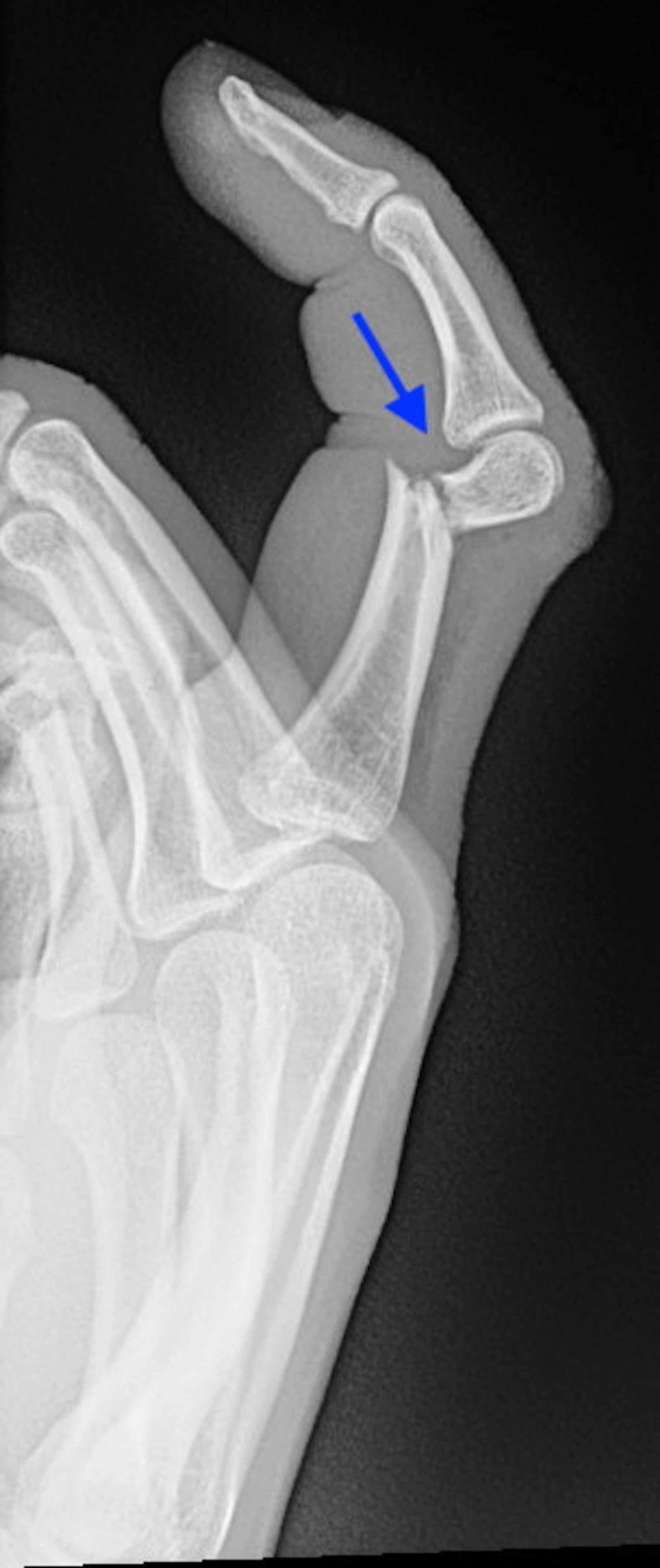





Post a Comment for "Middle Phalanx Fracture Treatment"